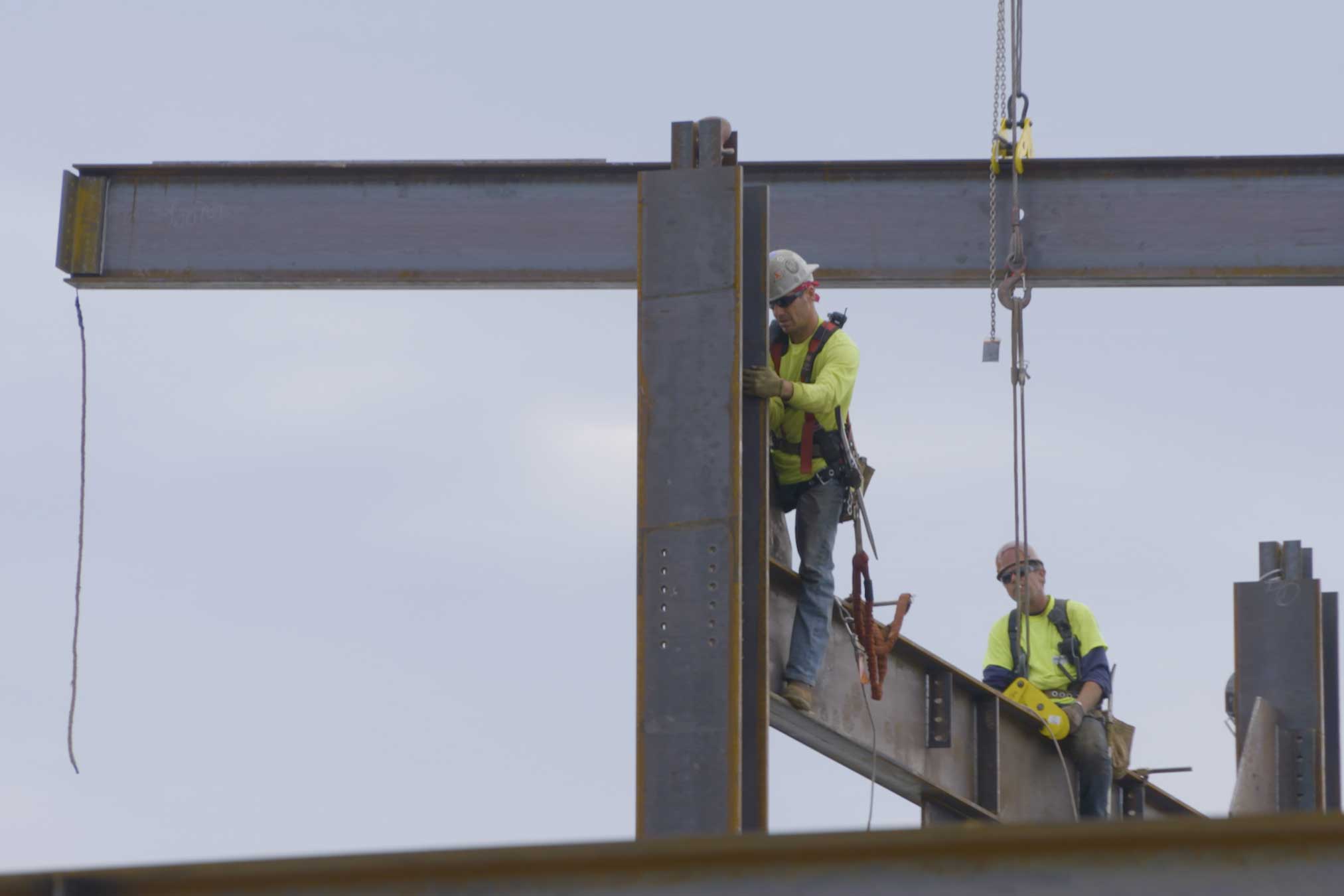
If you use any service to stream movies or TV, you’ve probably gotten the email that notifies you your monthly payment is going up by a couple dollars. Or have you ever gone to fill up your car before a big road trip, and noticed gas prices had spiked? Whenever we have a set cost in mind, it can be incredibly frustrating to have to pay more than expected. Of course, there’s always a cause behind the sudden jump in price, but it doesn’t make us any happier about spending more.
For us, there’s almost nothing worse than having to tell a client their project will cost more than they expected. Given that a new development costs quite a bit more than a gallon of gas, our clients are understandably unhappy when costs escalate. I can’t tell you how many times I’ve been asked, “Why is my project so expensive?” There are a lot of unforeseeable conditions that can cause a project to cost more, but when these conditions are planned for or managed properly, a budget can be kept reliable. Here are 7 factors that impact cost:
1. Tariffs
Tariffs have been a big topic on the nightly news in recent months. Our entire industry is being impacting by tariffs involving several countries. We’ve only recently gotten some relief from tariffs on steel and aluminum. We try our best to allow for escalation in our estimating, but tariffs are incredibly difficult to predict in this political climate and even the threat of tariffs can have a short term impact on material costs. Tariffs that have been proposed on China will impact materials like cabinets, granite, and light fixtures. This is one factor that can easily cause a project’s prices to surge. The best solution is to hire a contractor with excellent preconstruction practices and knowledge of market conditions who can research alternative materials and make the best suggestions to hedge against the impact from tariffs.
2. Labor
Labor costs are always fluctuating based on supply-and-demand. Right now, there’s a surplus of work going on and workers have their choice of what projects and what trade partners they want to work for. Our trade partners are having to pay their employees more to keep them, and that’s reflected in the cost they charge us. I recently had a trade partner turn down working on a project because his competitor was working on a project down the street. He was afraid the competitor would poach his employees and he couldn’t afford to keep up with the competition. The shortage in labor is one reason we focus on building strong relationships with trade partners. Because we know they can work anywhere, we try to give them reasons to want to work with us, on our clients’ projects. We host trade partner appreciation events, engage them as early as possible, involve them in project planning, and work hard to help them succeed on our projects.
3. Materials
Tariffs aren’t the only factor that cause the price of materials to go up. Anything that affects the supply of materials like plant closings, labor strikes, or natural disasters can cause shortages. When there is a shortage of materials, the price goes up. The same is true if a material is in high demand. The price on materials, from steel to drywall, is always fluctuating based on supply and demand. Our preconstruction teams are constantly monitoring market trends and material prices to be able to make the most accurate and educated estimates for our clients.
4. Site Logistics
We used to build malls on 100+ acre sites in the suburbs with plenty of room for staging and access. Those projects are becoming fewer and farther between. Busy, congested, urban sites are the new normal, and understanding the constraints on your site is critical to create an accurate, reliable budget. Is your busy downtown site going to require road closures? You may have to hire off-duty police officers to help navigate traffic. Are you required to keep public sidewalks open? You might need to build tunnels to provide protected pedestrian access. Another factor we’ve seen recently with the increase in downtown high-rise construction regards air-rights for crane usage. If you don’t have access to the air rights around your site, then you may be required to use a luffing boom crane which will be more expensive. All of these requirements are additional costs that have to be factored into the budget. To watch an example of how we selected the best alternate crane for our client’s high-rise project in the middle of Midtown Atlanta, click here.
5. Code issues
Code requirements are almost constantly changing or being updated, so we’re always having to stay on top of the latest changes. Sometimes, code requirements change in the middle of a project and we have no choice but to perform extra measures to comply — at additional cost to the project. After the Grenfell Tower fire in London, building codes changed to eliminate the gap allowed in between metal panels and insulation materials. This article explains in detail the factors behind the code change. We actually experienced the impact from this code change on a project recently. It was only after construction began that we had to rework the design to comply with the code, at an increased cost to our client.
6. Foundations
This is something we’ve seen on a lot of our projects. The only way to really know what is under the ground before you dig, is to pay for a geotechnical survey. But that’s not an option for many of our clients in the early stages when a geotechnical survey hasn’t been performed or the property has not been purchased. If you’re not able to perform or at the point to make the expenditure for a soils report, the best solution is to do your homework and know the geography of your site — or hire a contractor who does their homework and knows they potential implications of building in the area. In Georgia, we deal with rock. In Florida, it’s sand. By knowing as much about your project site as possible, your contractor and design team can make educated guesses about the kind of foundation your building will need.
7. Design Changes
This is the most common increase to a project’s price we see, and the most easily prevented one on this list. All too often on projects, design changes are made and either not tracked, or not communicated with the entire team. Whether it’s choosing a different flooring material or significant structural changes, anything that we didn’t specifically include in the budget we delivered to owners has the potential to drive cost up. Let’s talk about foundations again. Imagine you’re building a project, the design is drawn, and your contractor has delivered an estimated budget. Then, either from a geotechnical survey or after construction begins, you find out the soil is terrible and requires extremely deep foundations — foundations not included on the original budget. The best way to prevent these kind of surprises to your budget, is to bring your contractor in as early in the design phase as possible. They can research the soil and help the design team to include the right foundations in the drawings from the beginning. If you want to change a finish or material, they can include the accurate cost into the budget along the way. That way, you know the changes to cost before it’s too late to make a different choice.
We know the last thing our clients want to hear is that a project is going to cost more. That’s why we devote as much time as possible to our preconstruction and estimating efforts. It’s part of our job to have reliable, accurate information on the cost of materials and labor, specific code requirements based on location, common foundation issues by geography, and more. The sooner our clients involve us in the design phase, the more we can provide accurate information on how design changes, tariffs, foundation issues, and all the other factors we just discussed will impact a project’s budget. To keep your project’s costs consistent, engage your contractor early. If caught early, all of these factors and conditions often have relatively inexpensive solutions. But once the drawings are complete and the materials are ordered, a simple fix can easily become very expensive. To learn more about a project delivery method that engages contractors early and can help control costs, click here.

